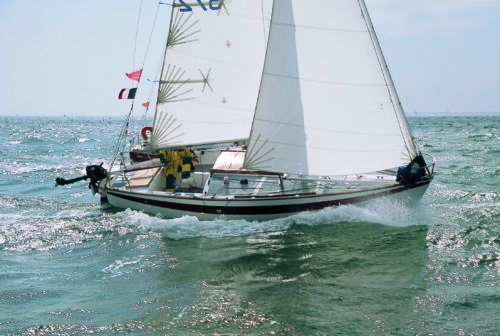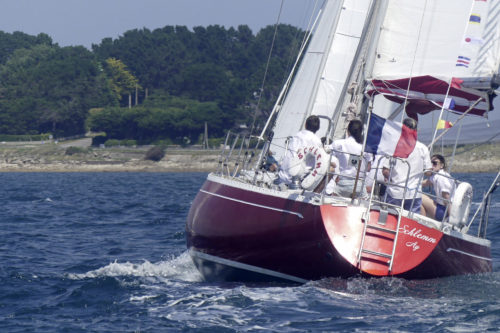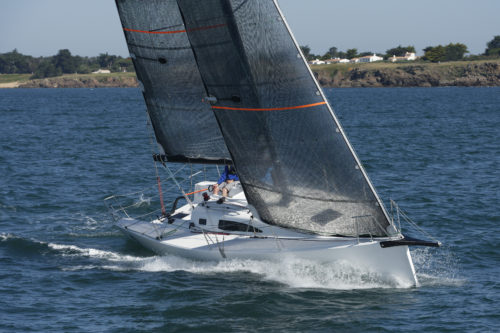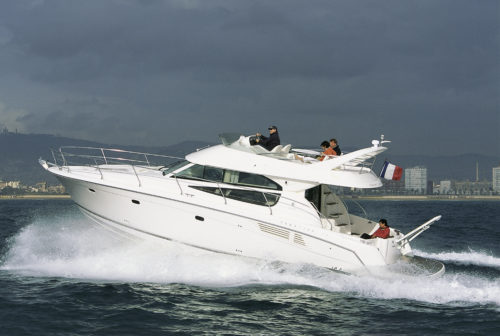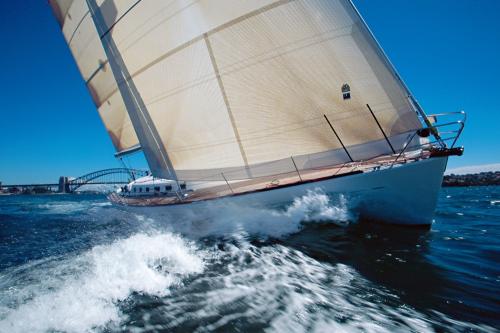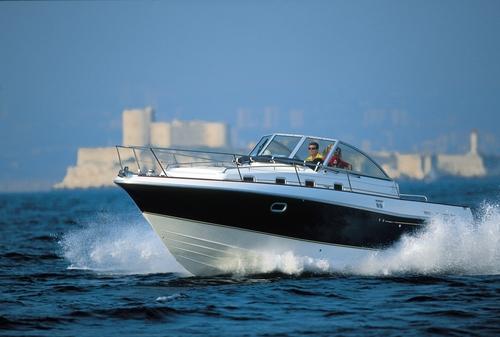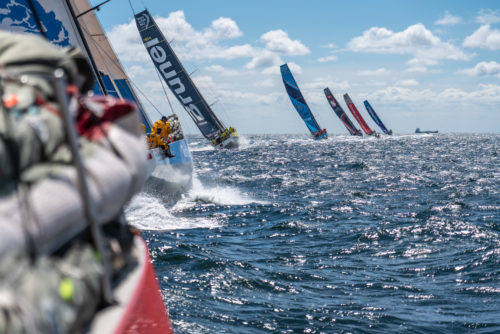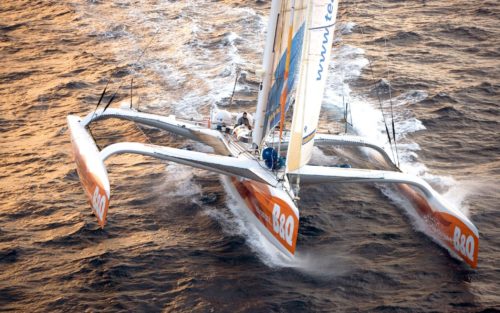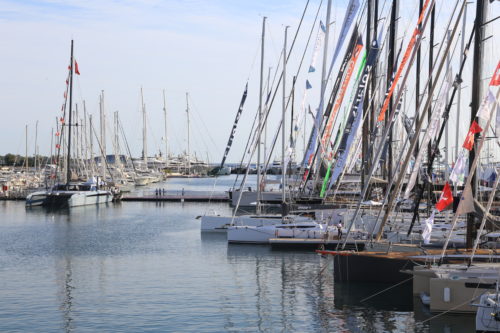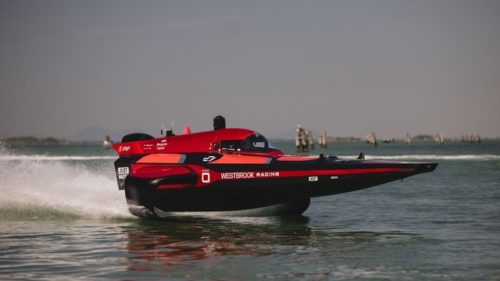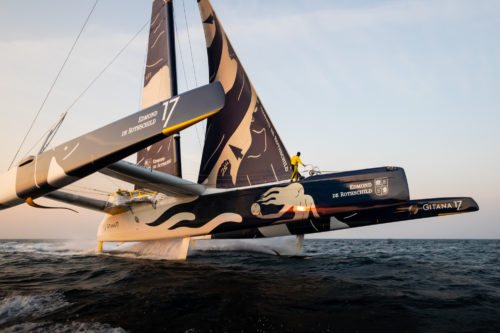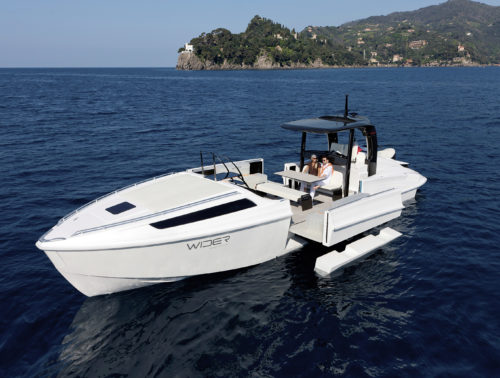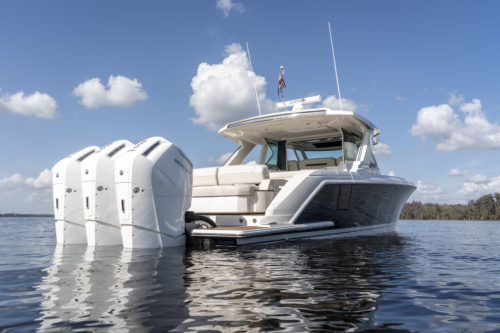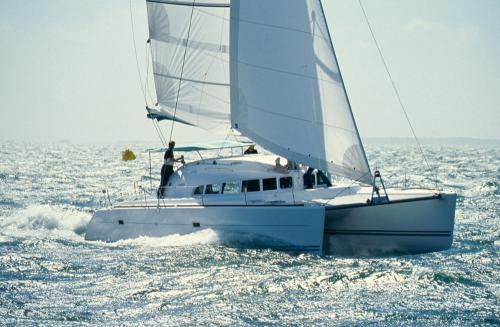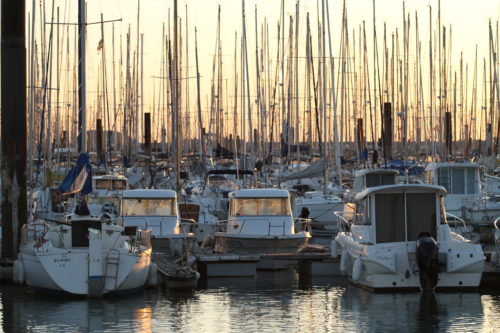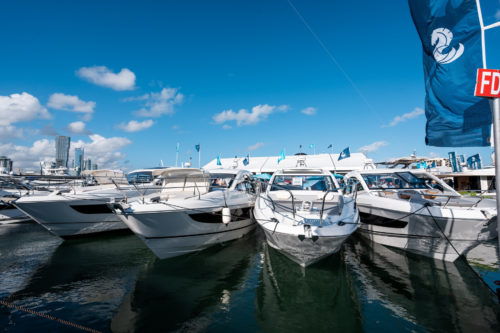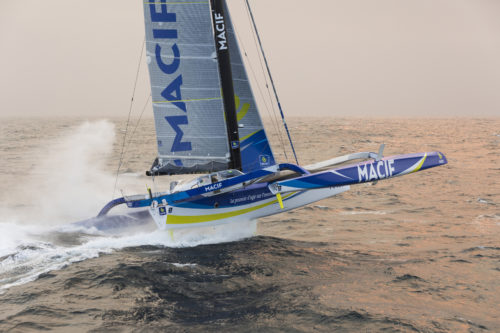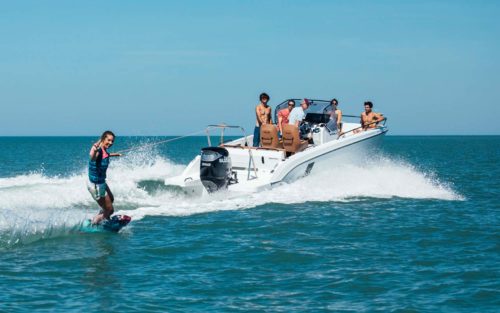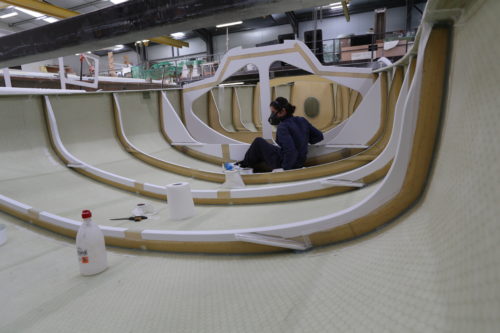Designers take the helm
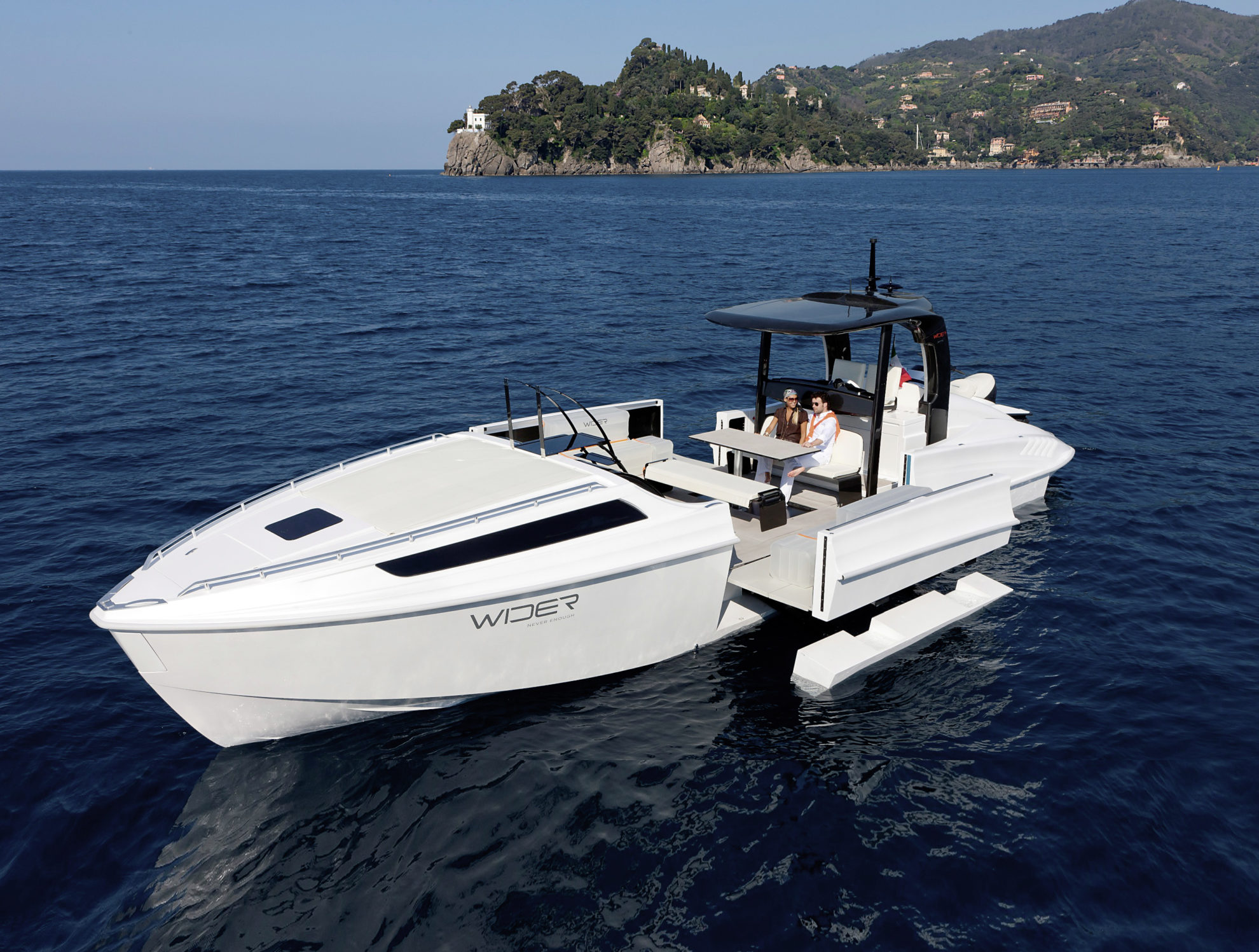
Although hard to compare in terms of their volumes and capacity for investment, the automotive and boat industries share certain underlying trends aimed at attracting buyers and standing out from the competition.
The focus on collaboration between independent design studios and major yards, which began around the turn of the new millennium, ramped up significantly between 2010 and 2020. This new wave of innovation was driven to a great extent by European designers, from the UK (with Brexit not yet influencing this decade), Italy and France. The list is long. Among the most prominent on the French motorboat market (excluding yachts over 70 feet), the following names went down in the history of motorboating, along with the brands that called on their services. The first is Patrick Banfield. Based in England, he revolutionized his specialty by designing the Wally Tender in the 2000s. Working with the German yard Fjord, his 40 model became a benchmark for changes in design in the early 2010s. In general, the declining influence of American designs in the motorboating sector was confirmed. The Mediterranean holiday lifestyle took over and, almost single-handedly, set the tone for the entire decade. It therefore came as no surprise to find a number of Italians following in the wake of Italy’s long-established and vibrant yachting industry.
For instance, Vittorio and Camillo Garroni worked on a number of models for Jeanneau, including the Leader and NC, following the Merry Fisher 585, 705, 925, 8 and 10, as well as the Cap Camarat Runabout, 635, 635 WA, 715 WA and 755 WA, and the Prestige 620 then 630.
Pierangelo Andreani, based in Sondrio, north of Lake Como in Lombardy, had a background in the automotive industry and worked on Bénéteau’s models, with the Swift Trawler 30, Gran Turismo 32, 34, 40 and 46.
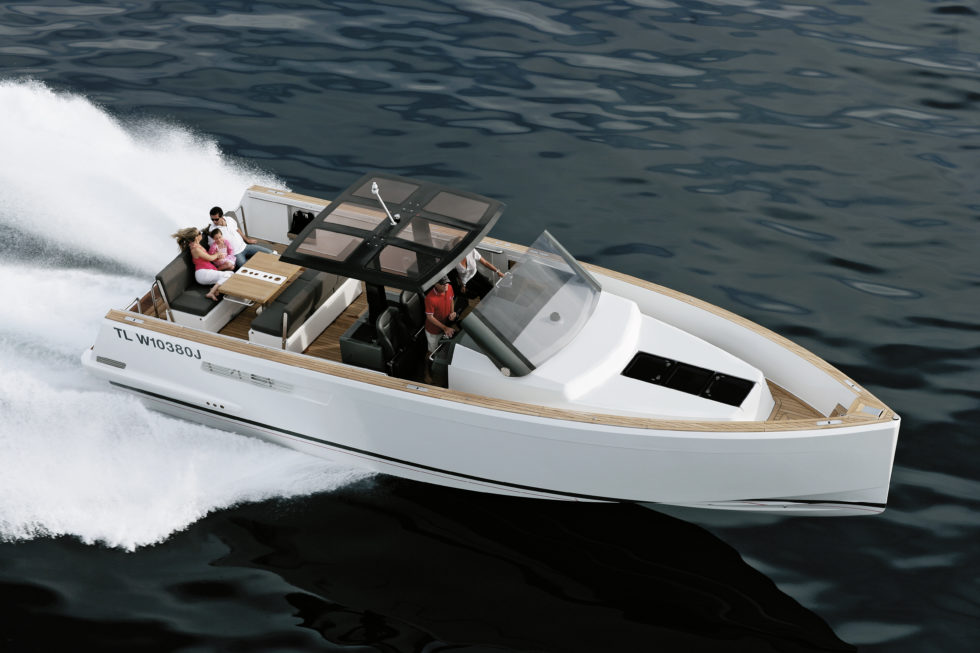
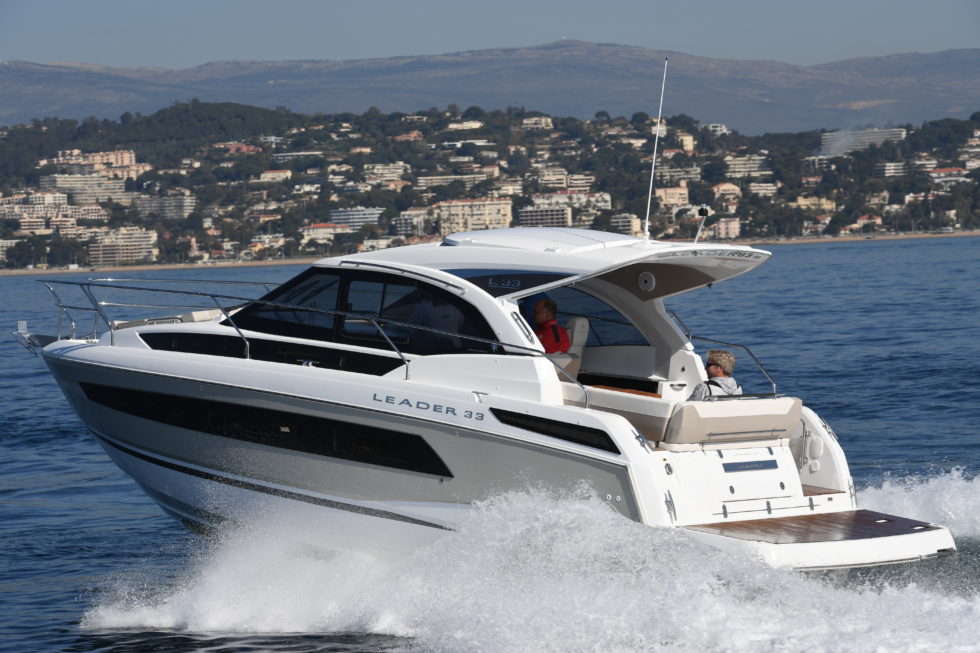
Paolo Cagliari, one of the pioneers behind the image of Italian-made luxury yachting, collaborated with Mochi Craft, while the young Christian Grande focused on the designs of Sessa and later Invictus units.
The renowned duo Nuvolari-Lenard, from Venice, first made a name for themselves in the world of superyachts before bringing their distinctive touch to Bénéteau’s Monte Carlo brand (MC4, MC5 and MC6), and later the Gran Turismo range.
In Italy, a diversification highlighting the importance of motorboating in terms of potential development was seen in the mid-2010s with Cantiere del Pardo, based near the Adriatic Coast, entering the luxury open / dayboat market for units over 40 feet. Previously known for producing Grand Soleil sailing cruisers, this yard launched its 43 walkaround in 2017, created by Zuccheri Design. In France, alongside the yards’ in-house style teams, Patrice Sarrazin’s studio was not to be left out, working on the Jeanneau Leader 605 and 705, as well as the Merry Fisher 805, in addition to shaping the successful style of the Cap Camarat range, starting with the 625.
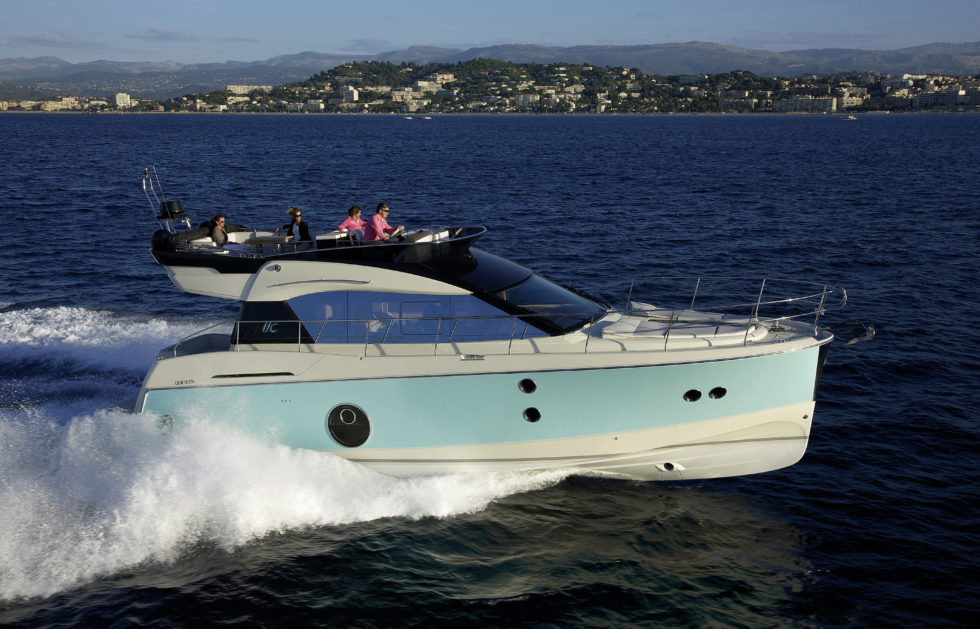
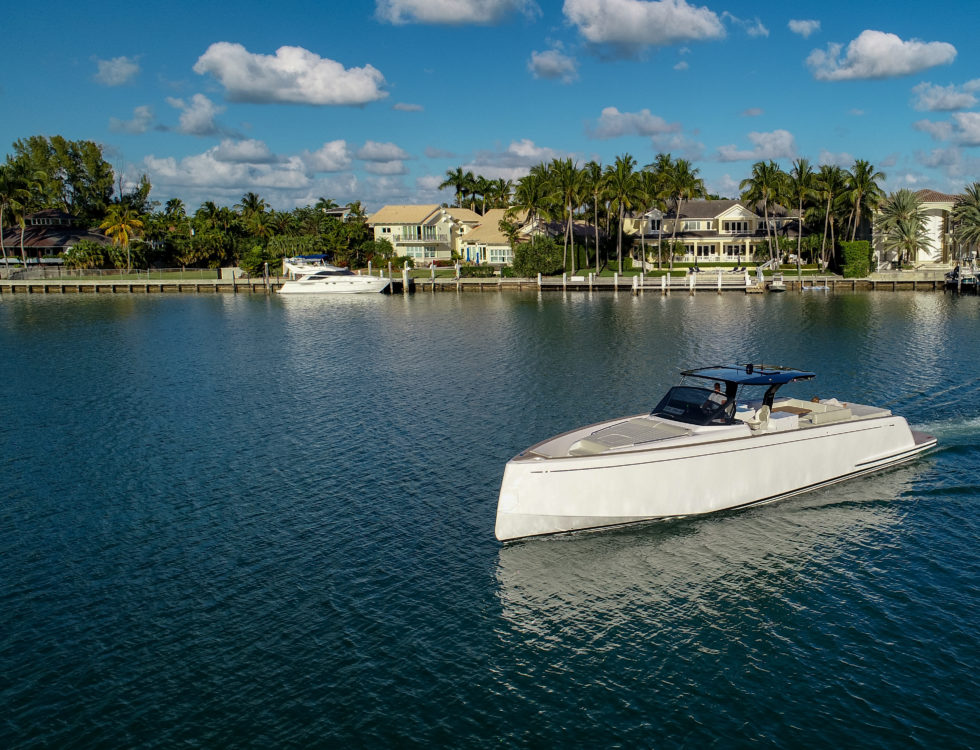
Variable geometry layouts
Design alone cannot work miracles; it must be supported by solid technical advances to truly transform life on board recreational motorboats.
In line with the development of electric or hydraulic systems on higher-end models, a wide wide range of options emerged. Moreover, increasingly precise molding and assembly techniques opened up new possibilities that were previously reserved for the superyacht sector. For instance, the submersible swim platform began appearing in the catalogues of certain 42 to 50-foot units as early as late 2010. This complex equipment makes it easier to board a tender or jet ski, while offering swimming conditions with levels of comfort worthy of the most luxurious pools.
Also introduced at the start of the decade from 2010 to 2020, a 42-foot open boat disrupted the traditional concept of a fixed-width hull. With the Italian-designed Wider, a single button allowed hidden deck extensions to slide outward from each side of the hull, automatically lowering the bulwarks.
Similarly, Evo Yachts, another new Italian brand in the highly competitive segment for dayboats and large open boats, unveiled its R4 model in 2014, featuring extendable bulwarks capable of increasing deck space by up to 40%, creating a true terrace looking out over the sea.
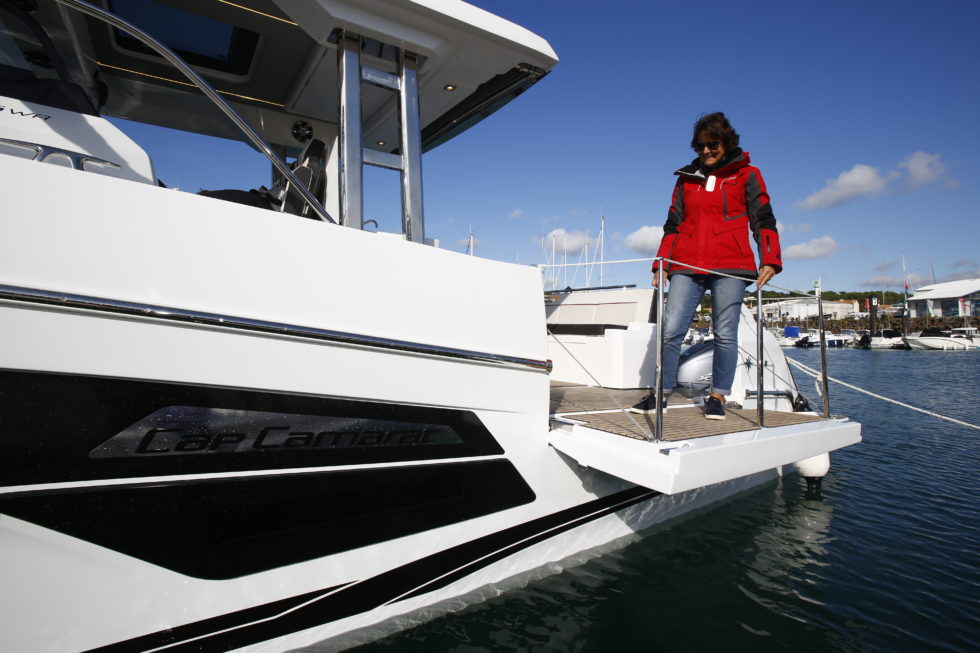
Infused hulls and optimized lines
The decade from 2010 to 2020 was marked by a number of stylistic breakthroughs that defined their era. However, none became as widespread as the large glazed openings. Often tinted, they helped spectacularly showcase the strong horizontal lines defining the hull and superstructure designs. It all began in 2003, with the Italian yard Azimut-Benetti and a luxurious 68-foot unit. Innovations like this, and many others, were able to be widely reproduced thanks to progress with fiberglass hull molding techniques. In this area, manufacturers increasingly adopted vacuum-infused resin construction, which offered higher safety standards, better environmental protection, and improved working conditions in production facilities. In France, Ocqueteau, Jeanneau and Bénéteau were among the first to adopt this technique. Toward the end of the decade, hulls were re-engineered for better performance and reduced consumption, with a particular focus on optimizing hull lines for the growing use of Volvo’s IPS pod propulsion system. This shift resulted in developments such as Bénéteau’s patented AirStep hull, featured on the Monte Carlo 52, launched in 2019. At that point, the world had yet to become aware of the spread of a certain virus, somewhere in China.

















